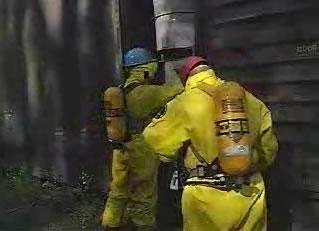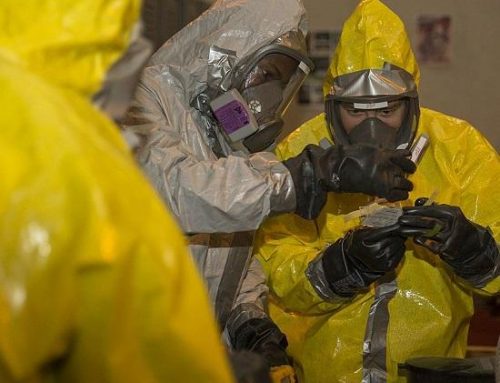HAZWOPER, or Hazardous Waste Operations and Emergency Response, is a set of regulations put in place by the Occupational Safety and Health Administration (OSHA) to protect workers who may be exposed to hazardous substances during their work. These regulations are critical for ensuring the safety of workers, as well as the safety of the general public and the environment.
If your business deals with hazardous substances or waste, it’s important that you and your employees are familiar with the HAZWOPER regulations and are properly trained in how to handle these materials safely. In this article, we’ll provide an introduction to HAZWOPER retraining and offer some helpful tips for businesses to ensure compliance with these important regulations.
What is HAZWOPER Retraining?
HAZWOPER retraining is the process of refreshing your knowledge and skills related to the handling of hazardous substances and waste. This training is required for all employees who work with hazardous materials and must be completed at least once every three years.
The purpose of HAZWOPER retraining is to ensure that workers are up-to-date on the latest safety procedures and best practices for handling hazardous materials. It’s also an opportunity for workers to review and practice the proper use of personal protective equipment (PPE), as well as to review emergency response procedures in case of an accident or spill.
Who Needs HAZWOPER Retraining?
Any employee who works with hazardous materials, including hazardous waste, must undergo HAZWOPER retraining. This includes workers in a variety of industries, such as:
- Chemical manufacturing
- Environmental cleanup
- Waste management
- Oil and gas exploration
- Mining
- Construction
In addition to these industries, any business that generates hazardous waste or stores hazardous materials is also subject to the HAZWOPER regulations.
What is Covered in HAZWOPER Retraining?
HAZWOPER retraining covers a wide range of topics related to the safe handling of hazardous materials. Some of the key areas that are typically covered include:
- Identification of hazardous materials: Workers must be able to recognize and identify the hazardous materials they may encounter on the job. This includes learning about the properties and characteristics of these materials, as well as any potential health effects.
- Personal protective equipment: Workers must be trained in the proper use of PPE, including how to select the appropriate equipment for the task at hand and how to properly maintain and care for it.
- Emergency response: Workers must be trained in how to respond to accidents or spills involving hazardous materials, including how to contain the spill and how to evacuate the area if necessary.
- Decontamination: Workers must be trained to properly decontaminate themselves and their equipment after working with hazardous materials.
- Hazard communication: Workers must be trained to effectively communicate the hazards associated with hazardous materials to their coworkers and supervisors.
Tips for Ensuring Compliance with HAZWOPER Regulations
Here are ten tips to help your business ensure compliance with the HAZWOPER regulations:
- Designate a HAZWOPER coordinator: Have a designated employee or team responsible for managing your company’s compliance with the HAZWOPER regulations.
- Train your employees: Ensure all employees who work with hazardous materials are properly trained in the HAZWOPER regulations and have completed the required retraining.
- Keep records of employee training: Keep thorough records of all employee training, including the dates of training and the names of the employees who have completed it.
- Use proper labeling and signage: Clearly label all hazardous materials and use appropriate signage
- Store hazardous materials properly: Proper storage of hazardous materials is critical to ensure the safety of your employees and the general public. Follow all storage guidelines and keep hazardous materials in appropriate containers.
- Use proper handling procedures: Train your employees on the proper handling procedures for hazardous materials, including how to transport them safely and how to dispose of them properly.
- Implement emergency response plans: Develop and implement emergency response plans in case of accidents or spills involving hazardous materials. These plans should include procedures for containing and cleaning up spills, as well as evacuation procedures.
- Maintain personal protective equipment: Properly maintain and replace personal protective equipment as needed to ensure it is in good working condition.
- Conduct regular safety inspections: Regular safety inspections can help identify potential hazards and ensure that your company is in compliance with the HAZWOPER regulations.
- Stay up-to-date on changes to the regulations: The HAZWOPER regulations are subject to change, so it’s important to stay up-to-date on any updates or changes that may affect your business.
Conclusion
HAZWOPER retraining is an important part of ensuring the safety of your employees and the general public when working with hazardous materials. By following the tips outlined above, you can help your business stay compliant with the HAZWOPER regulations and protect the health and well-being of your employees and the community.
Do you need HAZWOPER Online Training?
Try a free demonstration of HAZWOPER: 8-Hour Annual Refresher Training










